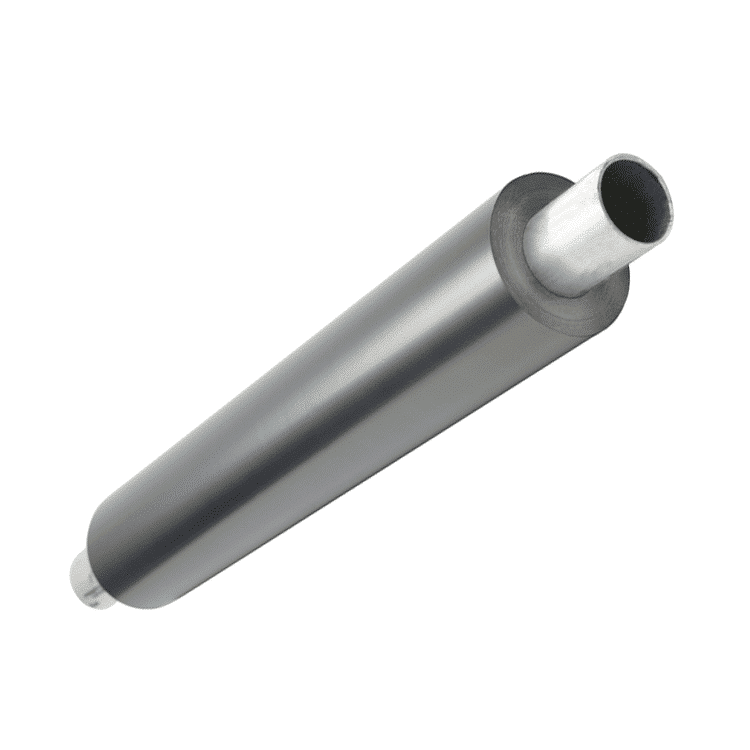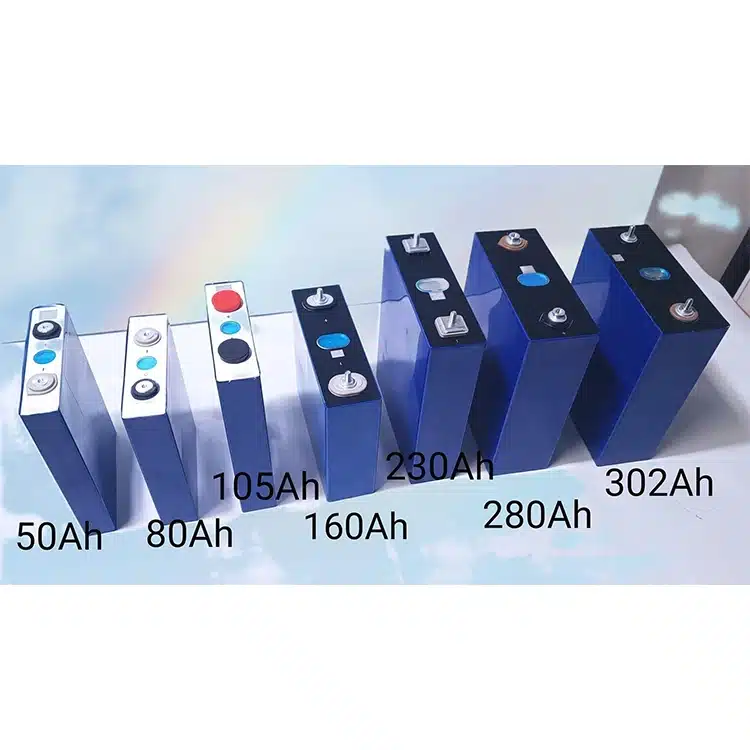Aluminum foil remains one of the primary packaging materials, due to its non-toxic, heat conducting and light blocking qualities as well as moisture proof properties – meaning its popularity remains undiminished despite some practical limitations of aluminum foil use. However, many considerations still arise in its application practice.
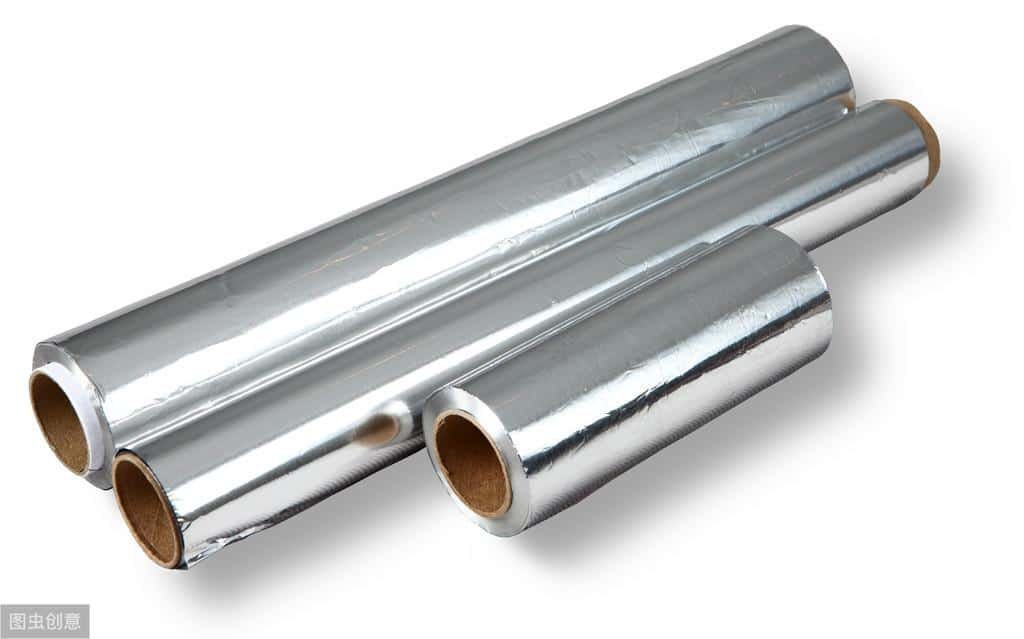
Aluminum Foil Applications
Aluminum foil is manufactured using electrolytic aluminum purified to a purity level greater than 99.5% by rolling and pressing, producing an elegant metallic sheen that is non-toxic, tasteless and odorless with excellent light-blocking properties of up to 95% reflectivity. Furthermore, its properties remain consistent at both high and low temperatures – it does not expand or contract between temperatures of 73-371degC; has good barrier properties (moistureproof/airtight, keeps fragrance fresh); oxygen proof properties make this film perfect as mid layer substrate film for high end cooking packaging products!
Aluminum foil has long been employed in high-end packaging and blister packaging for pharmaceuticals; moistureproof and aroma-preserving paper for cigarettes; moisture-proof packaging of chocolates, leak-proof packaging of daily necessities such as instant noodle bowl cover films; sealing labels used with beer and champagne bottles; composite packages used to package milk, dairy products and juice, among many other uses.
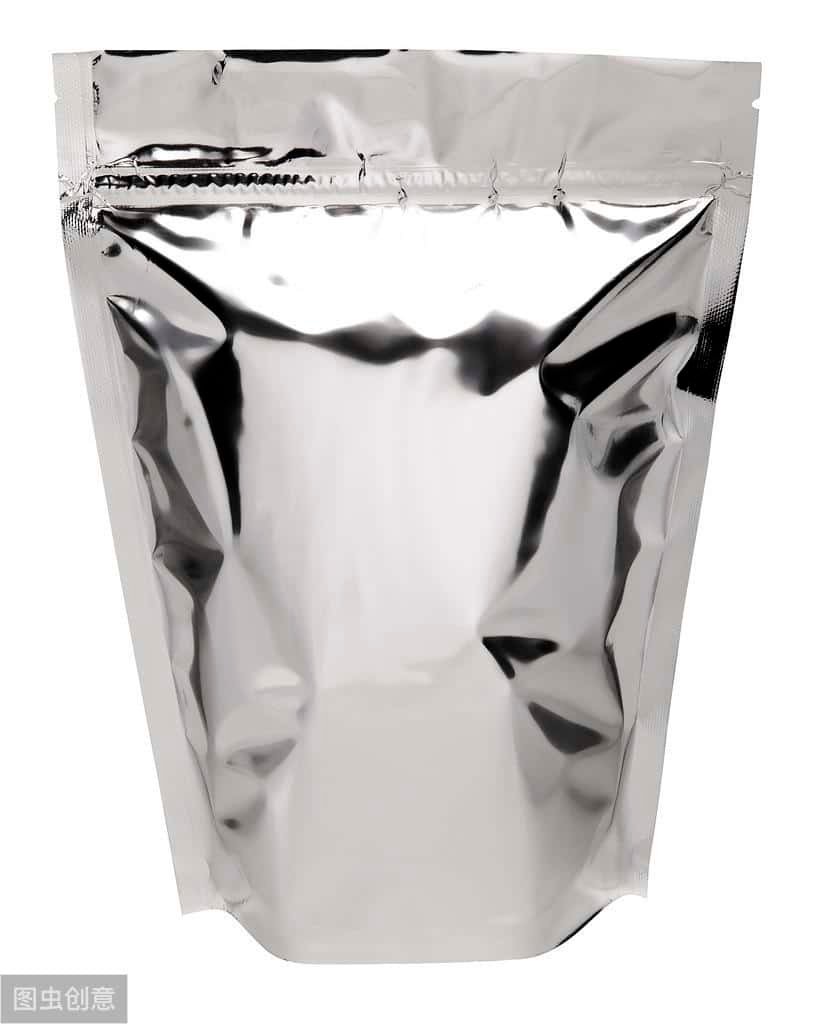
Why is Aluminum Foil rarely used alone
Aluminum foil has become increasingly popular as part of flexible packaging applications; however, due to its lower strength and susceptibility of breaking during initial folding processes it rarely serves alone as packaging solution.
Generally, it is made of paper, cellophane, and polyethylene film as a composite packaging material. During the composite process, adhesive bonding, dry lamination, extrusion lamination, and casting lamination are used according to different types of adhesives to compensate for its inherent shortcomings such as easy cracking, lack of flexibility, and lack of thermal adhesives. When aluminum foil is compounded with other materials, the airtightness and moisture resistance of other materials should be considered. When aluminum foil is compounded with polyester film, it can greatly improve the folding resistance.
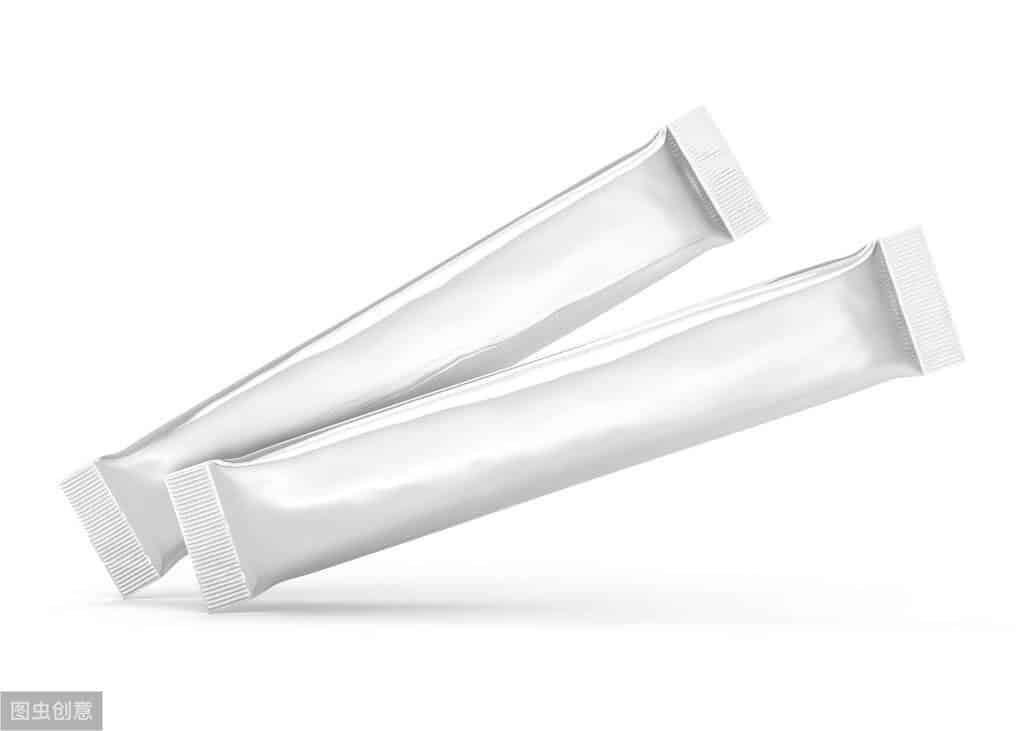
Aluminum foil thickness should be considered in composite use
Aluminum foil used in composite materials can be as thin as 0.007~0.009mm, which is also economical. Currently, thinner aluminum foil has 500 to 600 holes per square meter. If its necessary strength is neglected, it can only have moisture resistance. If its thickness is above 20μm, it can meet the requirement of moisture resistance without holes.
In practical use, in addition to packaging food and medicine, the thickness selection should be based on different contents, especially for products sold in the domestic market, taking into account the affordability of consumers.

